Mastering Material Handling | The Evolution and Power of Stone Lifting Clamps
Stone lifting has been an essential aspect of construction and masonry for centuries. From the grand pyramids of Egypt to modern skyscrapers, moving and positioning heavy stone materials has required innovative solutions. Over time, the technology behind stone lifting has evolved significantly, with traditional methods giving way to more advanced, efficient, and safer lifting clamps. This article explores the history and development of stone lifting techniques, highlighting key milestones in design and functionality and discussing the impact of technological advancements on current practices.
Stone lifting has been an essential aspect of construction and masonry for centuries. From the grand pyramids of Egypt to modern skyscrapers, moving and positioning heavy stone materials has required innovative solutions. Over time, the technology behind stone lifting has evolved significantly, with traditional methods giving way to more advanced, efficient, and safer lifting clamps. This article explores the history and development of stone lifting techniques, highlighting key milestones in design and functionality and discussing the impact of technological advancements on current practices.
Traditional Stone Lifting Methods
Before the advent of mechanical lifting devices, ancient civilizations relied on rudimentary but effective techniques for handling stone. Some of the earliest known methods included:
- Rope and Pulley Systems: Ancient Egyptians and Greeks used simple machines like pulleys and counterweights to lift and maneuver massive stone blocks. These methods, though effective, required significant human labor and time.
- Lewises and Dog Clamps: The Lewis (or Lewis pin) is an ancient lifting device used to hoist stones vertically by inserting a metal anchor into a specially carved hole in the stone. This technique was widely used in Roman and medieval architecture.
- Block and Tackle Systems: Combining pulleys with rope, block, and tackle systems provided mechanical advantages, allowing workers to lift heavier stones with less effort.
While these methods laid the foundation for stone handling, they were often labor-intensive, time-consuming, and posed safety risks.
The Introduction of Mechanical Stone Lifting Clamps
As engineering and industrial advancements progressed, the demand for more efficient and safer stone lifting techniques led to the development of mechanical lifting clamps. Companies like Aardwolf have been at the forefront of innovation, offering a range of specialized lifting solutions tailored for stone fabrication, construction, and landscaping. Some of the most notable advancements include:
Aardwolf Slab Lifters: Designed to securely handle large and thin stone slabs without causing surface damage, Aardwolf slab lifters are among the most reliable granite lifting clamps and granite lifters in the industry. Their robust design enhances safety and efficiency in stone handling across fabrication workshops and construction sites.
Aardwolf Scissor Clamp Lifters: Essential for industries such as landscaping, concrete sleeper wall installation, and retaining wall construction, Aardwolf’s scissor lifters utilize a scissor mechanism that increases gripping strength as weight is applied. With five distinct models covering grip ranges from 0 mm to 450 mm, these lifters stand out due to their genuine auto-lock feature, ensuring safety and ease of use—unlike some competing models that misrepresent manual locking as automatic.
Aardwolf Horizontal Lifting Clamps: These clamps provide a safe and effective solution for lifting stone slabs in a horizontal orientation, reducing material stress and minimizing breakage risks. With adjustable jaw clamps, these stone lifting clamps offer increased versatility in handling different block materials and shapes.
With a rich history and a reputation for innovation, Aardwolf continues to set the industry benchmark for lifting technology. Aardwolf’s legacy as a pioneer ensures superior quality and reliability across its range of lifting solutions.
These innovations have revolutionized stone handling, allowing professionals to lift, transport, and position heavy materials with greater ease and safety. However, challenges persist in handling fragile or uniquely shaped stones, driving continuous advancements in lifting technologies.
How Stone Lifting Clamps Work
Stone lifting clamps operate on an advanced gripping mechanism designed for efficiency and safety. These clamps incorporate automatic locking systems and edge rollers that ensure secure and precise slab handling. Here’s how the process works:
- Clamp Engagement – The lifter is positioned on the stone surface, where its rubber-coated gripping plates latch onto the slab firmly.
- Automatic Locking – A gravity-activated locking pin secures the slab during pick-up, ensuring a tight grip without manual adjustments.
- Secure Transport – With a high safety factor, the stone remains firmly in place, minimizing slippage during transport.
- Tilt & Rotation Capability – Some clamps allow for tilting and rotating materials, ensuring precise alignment and placement during installation.
- Release Mechanism – Upon set-down, the clamp automatically releases, allowing for smooth unloading without additional effort.
This advanced mechanism enhances operational workflow while preventing surface damage to delicate stone materials.
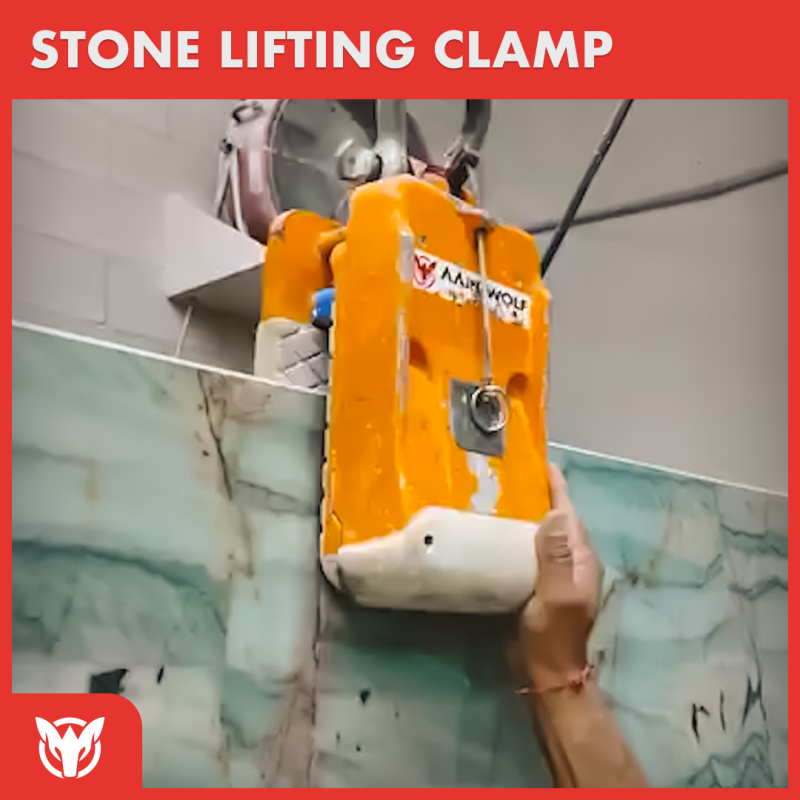
The Anatomy of a Stone Lifting Clamp
A well-engineered stone lifting clamp—such as Aardwolf slab lifters, scissors clamp lifters, and horizontal lifting clamps—features several key components designed for maximum efficiency, safety, and versatility:
- Automatic Locking Mechanism – Engages and releases slabs effortlessly with a gravity-activated system, ensuring a secure grip during lifting and placement.
- High-Tensile Clamp Jaws – Designed for superior grip on various slab materials, including polished, rough, and textured surfaces.
- Rubber-Coated or Non-Marking Grip Pads – Protects stone surfaces from scratches, chipping, and damage during handling.
- Edge Rollers (Slab Lifters) – Enhances precision when positioning slabs while minimizing the risk of surface stress and fractures.
- Adjustable Jaw Openings (Horizontal Lifting Clamps) – Accommodates different slab thicknesses, making it versatile for various lifting applications.
- Lifting Eye & Swivel Shackle – Provides seamless integration with cranes, hoists, or forklifts, ensuring smooth and controlled movement.
- Compact & Slim Profile – Allows for easy maneuverability in confined spaces, particularly useful for indoor installations and workshop environments.
- Durable, Reinforced Construction – Built with high-strength steel and self-lubricating components for longevity and minimal maintenance.
These features ensure that Aardwolf slab lifters, scissors clamp lifters, and horizontal lifting clamps deliver optimal performance, safety, and ease of use in stone fabrication, construction, and material handling industries.
The Impact of Modern Stone Lifting Clamps on the Industry
Transitioning from traditional methods to modern lifting solutions has significantly impacted the construction and stone fabrication industries. Key benefits include:
- Improved Safety: Advanced lifting clamps reduce the risk of accidents by providing more secure and controlled handling of heavy materials.
- Increased Efficiency: Modern stone lifting clamps enable faster lifting and positioning, reducing labor costs and project timelines.
- Minimized Material Damage: Prevent chipping, cracking, or surface damage, particularly for granite lifting equipment.
- Greater Versatility: Today’s lifting clamps are designed to handle various stone types, sizes, and weights, making them suitable for diverse applications.
Final Thoughts
Stone lifting clamps have revolutionized material handling in the construction and fabrication industries. Their ability to lift and transport heavy stones safely enhances efficiency while reducing manual labor and injury risks.
By selecting a high-quality granite lifter or granite lifting clamp, businesses can streamline operations and maintain high safety standards. Whether you’re handling natural stone, engineered slabs, or concrete blocks, a premium clamp is an investment in efficiency and reliability.
For the best results, consider trusted brands known for their advanced design and durability. Upgrade your stone lifting equipment today and experience the difference!













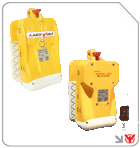

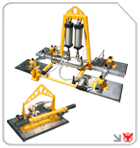
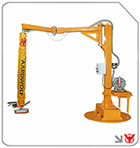
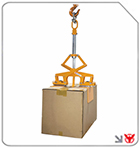
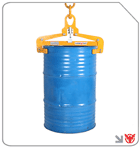

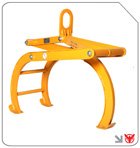

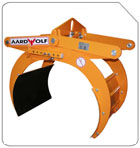
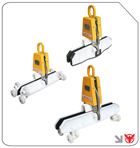

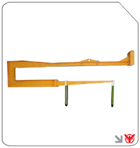
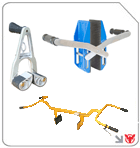
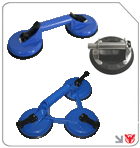

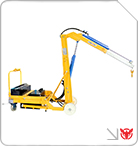

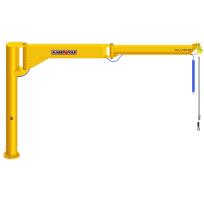
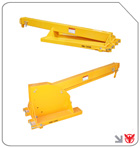
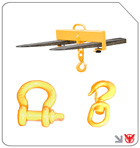
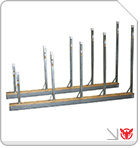
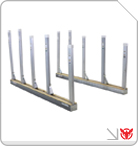
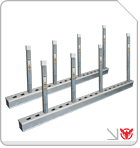



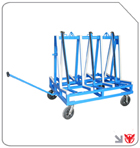

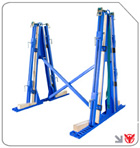
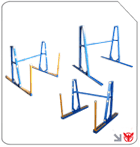
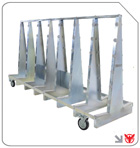



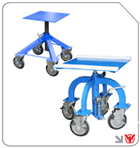




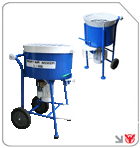

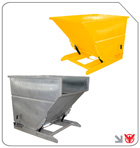

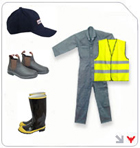
Follow us on: